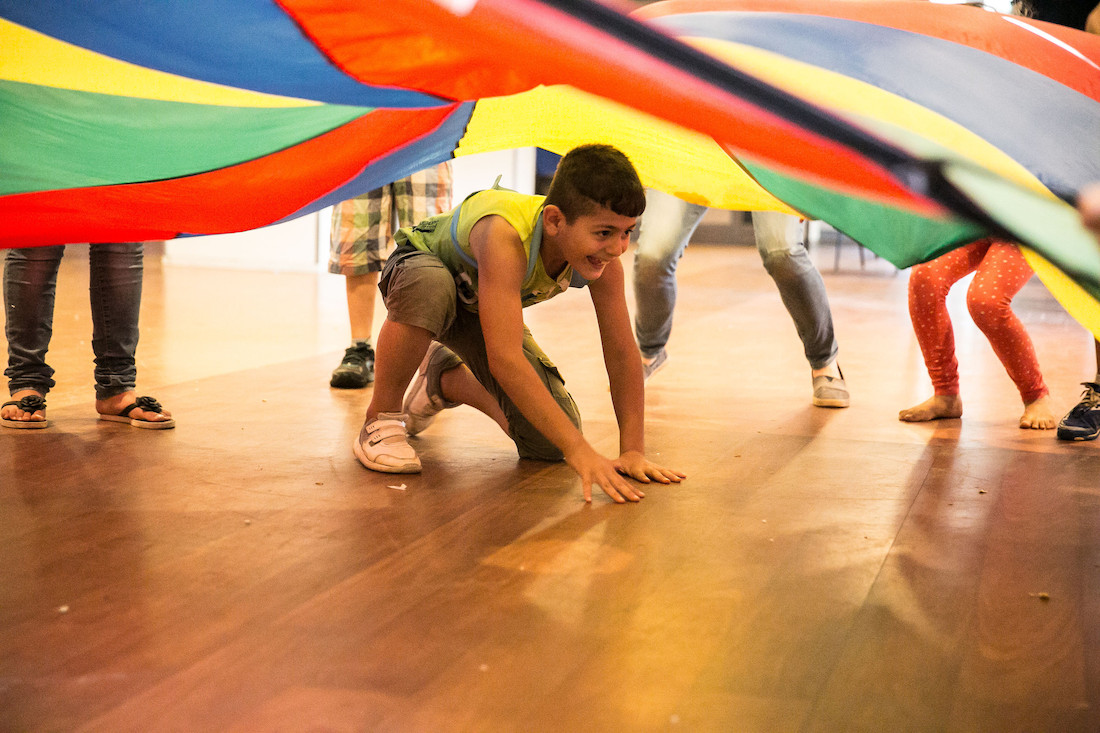The Netherlands
Children affected by conflict: 8,000 refugee children
Budget spent: €191,745
Number of partner organisations: Two (as part of consortium)
Number of projects: One
Total child participants: Approx. 420
Total adult participants: None
By the end of 2016 some 8,000 children were being housed in asylum centres across the Netherlands. The majority of these children came from Syria, Afghanistan and Iraq - and undertook long, arduous journeys in search of sanctuary.
War Child, UNICEF Netherlands and Save the Children formed a coalition to launch TeamUp - a project to support refugee children living in asylum reception centres across the Netherlands. TeamUp provides these children with structured recreational activities to help them build their resilience. This helps to promote their healthy development and enhance their psychosocial well-being.
Highlights
The three organisations chose to launch TeamUp with a small-scale programme in five locations across the Netherlands - Ter Apel, Overberg, Sweikhuizen, Amsterdam and Tilburg. This development phase of the programme allowed us to monitor whether our approach would work in different contexts.
 © Merijn Roubroeks
© Merijn RoubroeksThis process was undertaken in close cooperation with the Central Agency for the Reception of Asylum Seekers (COA). Summer 2016 saw the COA evaluate our activities in Sweikhuizen, Overberg, Ter Apel and Tilburg. This evaluation was broadly positive and noted that our structural approach provided added value to existing activities in reception centres.
The last three months of 2016 saw the TeamUp expand to eight locations in total. Three new locations were added in Heerhugowaard, Alkmaar and Maastricht (activities to begin in 2017). Some 500 children are now taking part in our activities. These children have shown signs of positive change and are very enthusiastic.
Challenges
Where concerns were cited by the COA as part of their evaluations, these were in line with recommendations from the coalition’s own internal evaluations. Potential areas for improvement included developing specific activities for teenagers; expanding communications efforts to recruit new volunteers; and monitoring attendance rates for specific activities.
We were also able to draw valuable lessons learned from the first year of TeamUp activities. The four main findings were: We need to find and exploit new channels to recruit volunteers - particularly in remote locations where potential volunteers are scarce. We did not anticipate that many of the participants would be teenagers. We have already begun to develop activities more appropriate for an older age group.
TeamUp trainers also need to provide volunteer coordinators with practical guidance to ensure activities are successfully carried out. This will also help us to maintain enthusiasm and ensure we retain our valued volunteers. Finally, more needs to be done to accurately measure the numbers of children who take part in each activity.